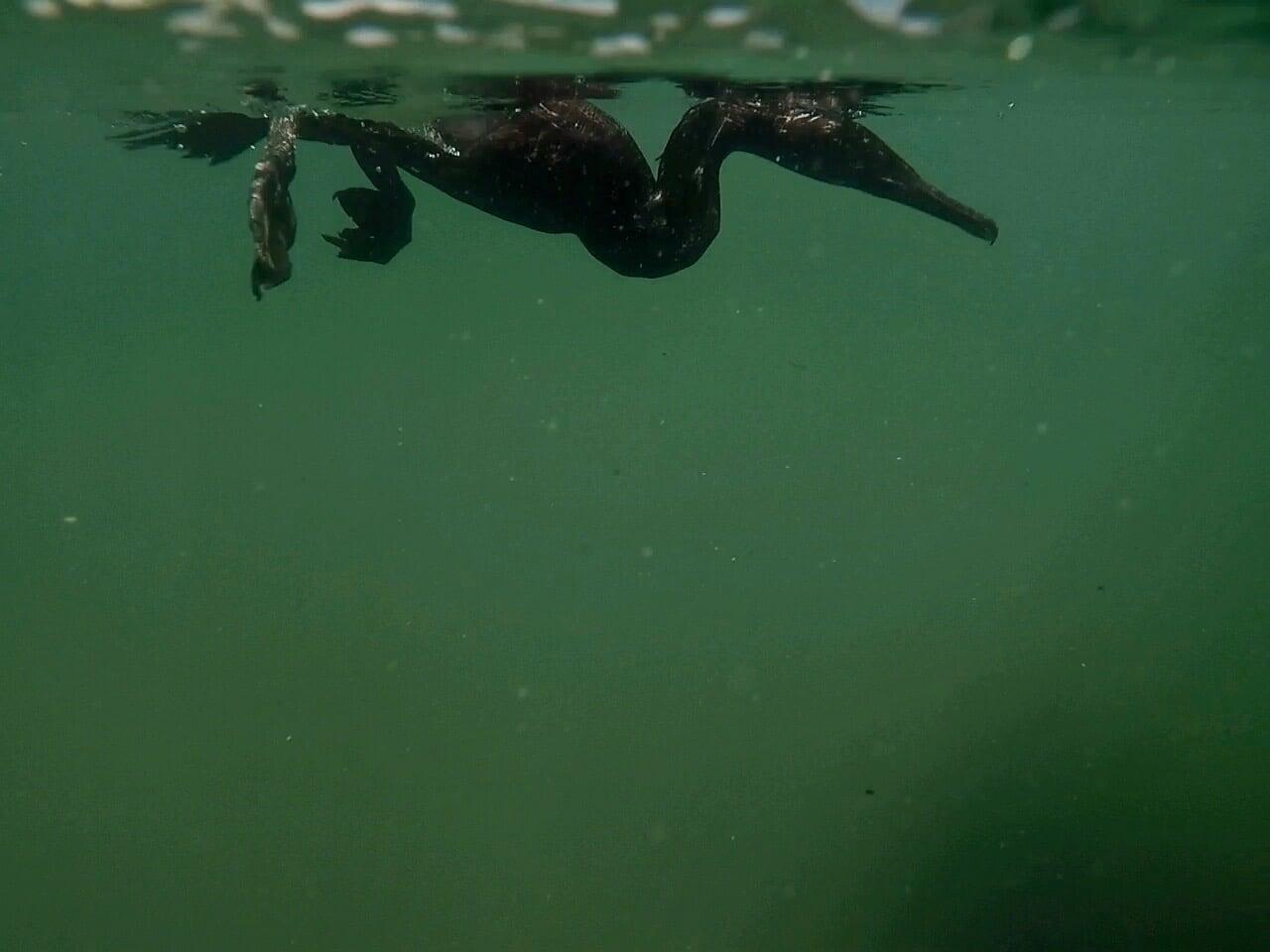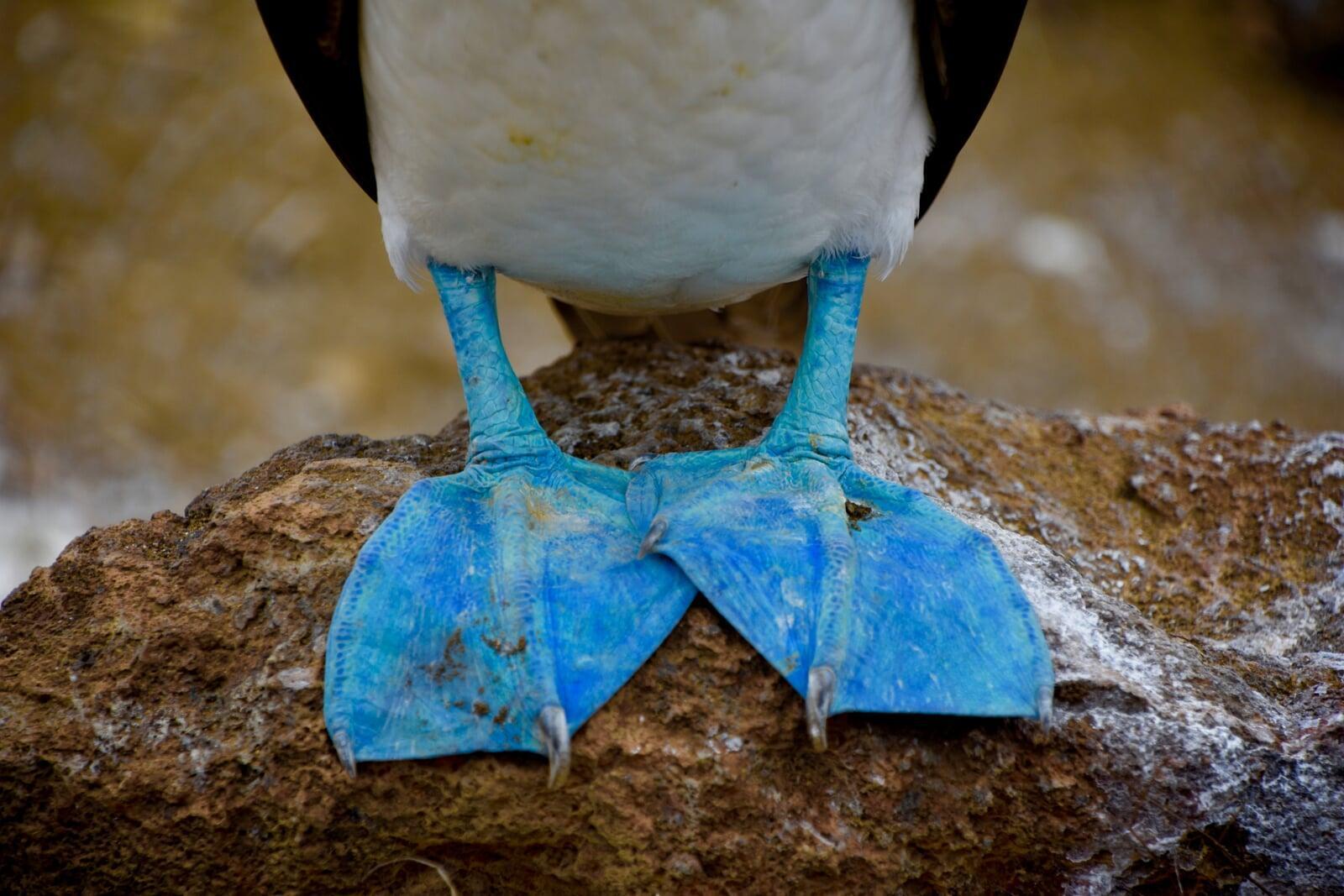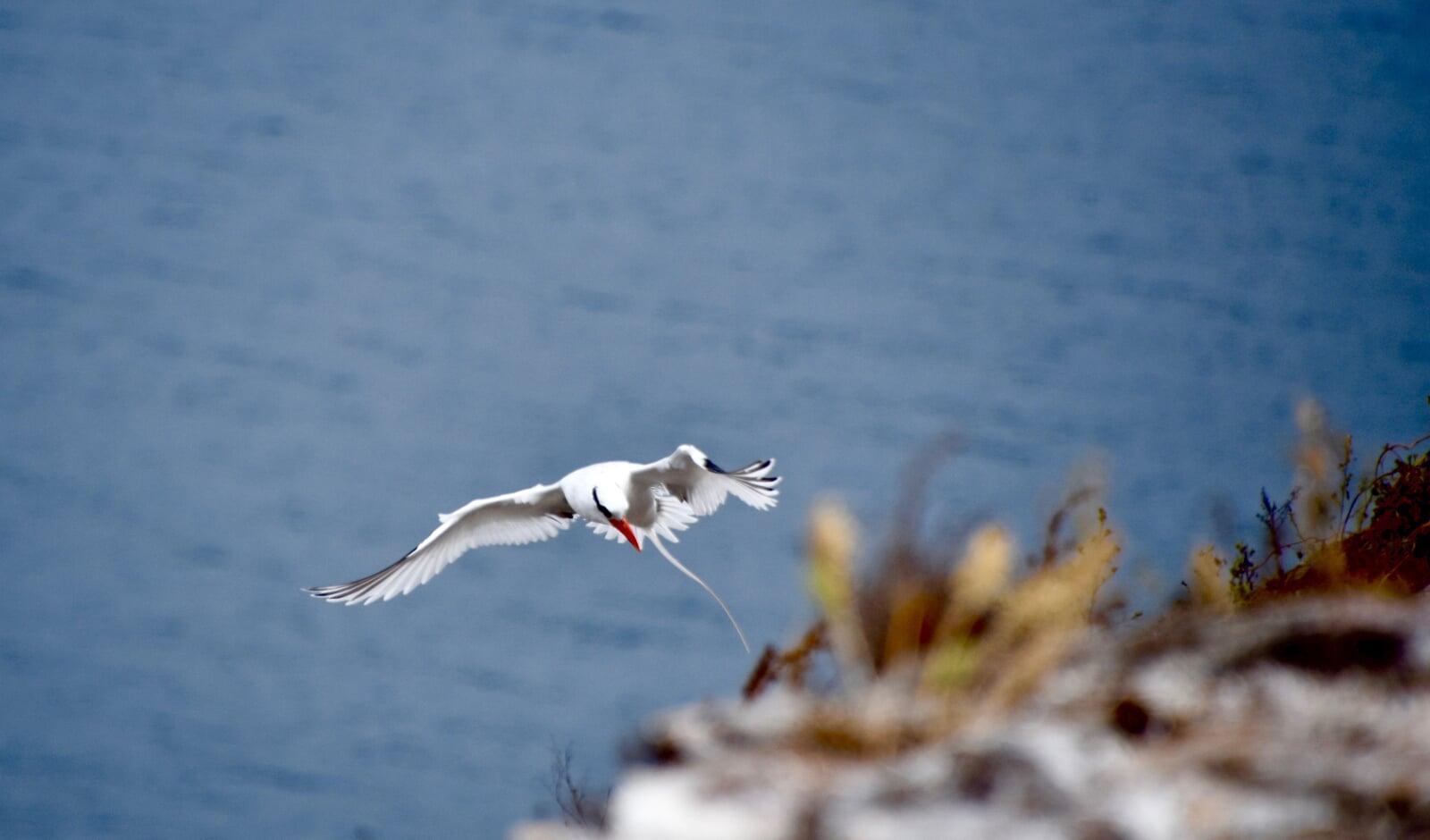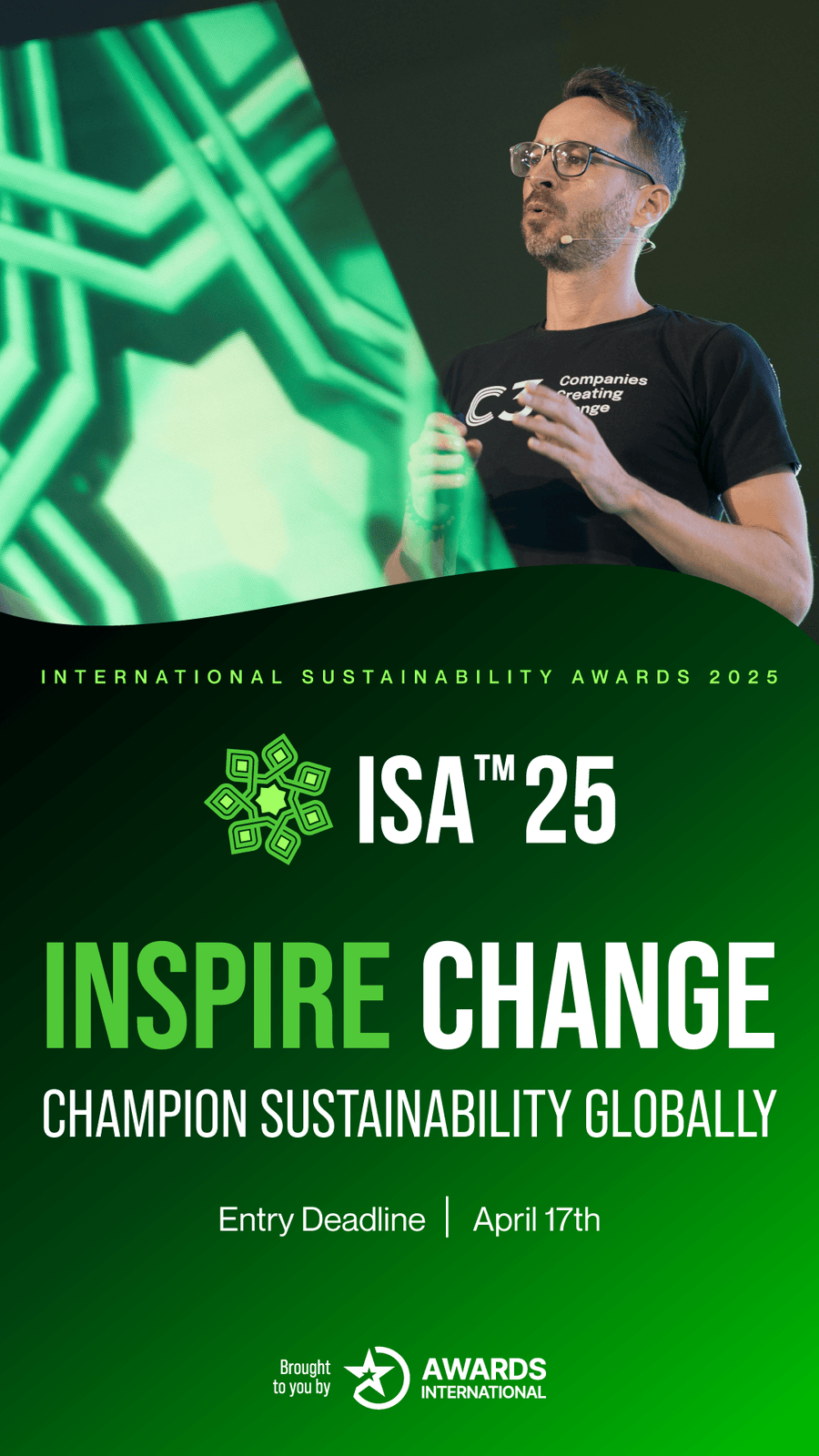
Our planet is changing rapidly, and as the human population grows, so does our consumption of resources. We need things every day—like food, medicine, technology and more—thanks to human innovation, new products are constantly being made. These products are often designed to be more efficient, useful, or desirable, but this also means we are affecting the Earth’s ecosystems and changing the natural balance. Some of the consequences of this are obvious, like burning fossil fuels, creating pollution, and destroying habitats through farming, fishing, or development.
Some changes are very evident and the relationship between the environmental change and the impact is clear. For example, animals that once thrived in cold environments are now struggling as temperatures rise. Species that relied on shells for protection are now facing the problem of ocean acidification, which weakens their shells. In other areas, fluctuating water levels and droughts are making it harder for animals to survive. These are clear signs of change. However, other changes are harder to see because they are gradual and overlap, like climate change, pollution, habitat loss, and invasive species. Even a small temperature increase, like 0.06°C per decade, may not seem like much, but over time, it affects which species can live in a certain area, leading to species ultimately disappearing.
Although some of these changes are difficult to reverse, it's important to understand their sources so we can address them. This is where scientists study certain species, as they can reveal the health of the environment and help inspire action. For example, the panda has long been a symbol of habitat loss in China, and seabirds can tell us a lot about the health of the oceans, which cover 70% of the Earth. Oceans provide much of the oxygen we breathe and absorb pollutants, but studying them is challenging because they’re vast and deep. Instead of examining the entire ocean, researchers focus on specific species, like seabirds, which thrive in the unique environments along the ocean’s edges. Some, like the albatross, are built for life in the air, while others, like penguins, are adapted for life in the ocean.
My research has taken me to the Galápagos Islands, where we're studying the changes on an island once seen as an untouched paradise. Now, it faces serious problems from climate change and pollution. For example, blue-footed booby populations are shrinking because fish migration patterns are changing. Areas that used to be crowded with nests now have only a few scattered nests, with little other wildlife around. Other species, like the flightless cormorant and Galápagos penguins, are also struggling due to extreme weather events and shifting ocean temperatures. These birds depend on cold, nutrient-rich waters, but when weather patterns reverse, warm, poor-quality waters replace them, disrupting the food chain. While flightless cormorants can recover from these events by breeding year-round, they're now incorporating human trash into their nests, like GoPros, blue ropes, and metal cutlery. We're studying how this pollution affects the chicks raised in these nests.
So to finish, I would ask you to go away and think on whether you notice changes in the nature around you? Think about a species you would choose to tell this story?

A flightless cormorant, at home in amongst a green mangrove lagoon. If you want to learn more about their nesting behaviours check out this video of our colleague, Dr. Juan Pablo Muñoz-Perez talking on our work. https://www.youtube.com/watch?v=luYl4cuwzJQ

Blue-footed booby feet are bright blue as they take on the pigment from the fish they eat. Sardines are the prey item that hold the most nutrients and appear to cause the bluest feet.

Red- billed tropicbirds nest in burrows in cliffs, nesting year round, the further the food is the more energy they need to expend to feed their young.
If you would like to read about some of the health work we are undertaking please follow the links to read the publications or get in touch with us on our website.



